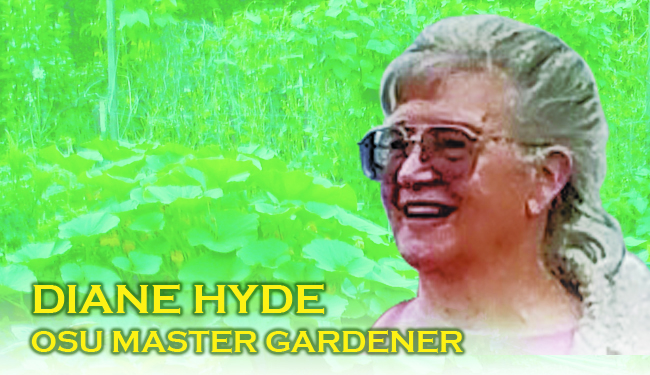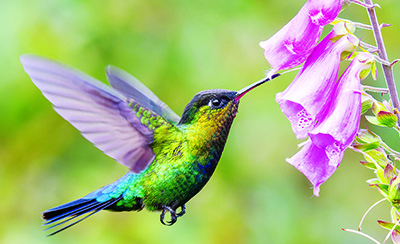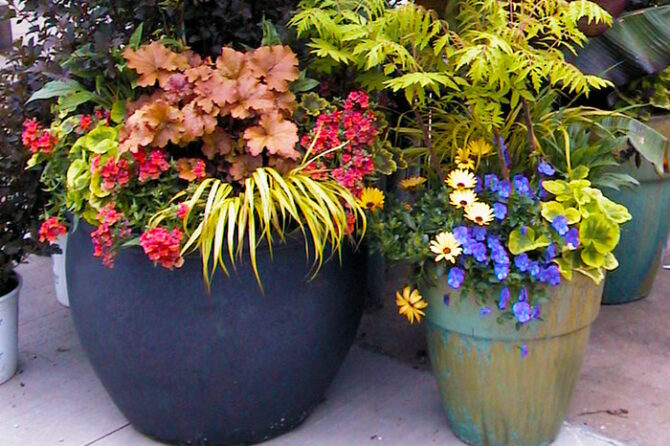
We’re in for sunny weather and people are planting. Some are putting in vegetable gardens, others are hitting the nurseries and plant sales for flowers and anything you can plant that kills the winter doldrums. If the forecast calls for cooler nights, tender plants should be kept moist during the dry days and have a plan for protection… protection from cool nights and hot days.
We need to remember to plant for the pollinators. The native bees are hatching and buzzing the blooming fruit trees. Bumble bee queens are making nests and hatching hives full of fuzzy buzzers. Birds are flitting around, and we can watch for butterflies.
What will they eat? They need nectar for energy and collect pollen on their bodies. The pollen gets spread from flower to flower to fertilize and encourage good fruit or seed development.

Plant flowers that will feed bees and butterflies throughout the growing season to keep them around longer. Flowers with open faces and easily accessible stamens appeal to pollinators. Tubular flowers can be accessed by long hummingbird tongues and tiny insects.
Flowers of a variety of colors will attract different diners. Species have preferences for certain colors that their tiny “eyes” can find. They see colors differently than humans, and are selective to what suits them best.
Pollinators need water, too. Provide a shallow open water source that pollinators can visit to refresh themselves. If the water is more than an inch deep, rocks or other above-water spots should be provided at water’s edge for tiny legs to stand on while they are sipping.
Don’t know what plants to pick? Basically, the more diversity, the better.
OSU horticulture researchers have studied pollinator plant selection and have a variety of publications that list recommendations. Go to http://catalog.extension.oregonstate.edu for more information. There is free downloadable information on Trees and Shrubs for Bees (EM9391), Native Plant Picks for Bees (EM9363), Enhancing Urban and Suburban Landscapes to Protect Pollinators (EM9289), Providing Habitat for Native Pollinators (EM1649) and more. http://oregonflora.org is an online guide to plants found in Oregon, and can be searched by location, color, flower, and many more characteristics. At http://extension.oregonstate.edu there are short articles, lists of pollinator plants from Master Gardeners, video presentations, and even links to the PolliNation Podcasts.
Pollinators are important to production of the foods we eat, and feeds for animals we eat. We can help pollinators thrive, reproduce and provide our produce by planting flowers that will feed them.
